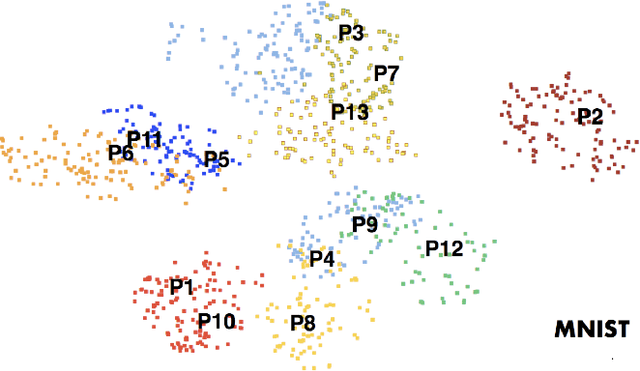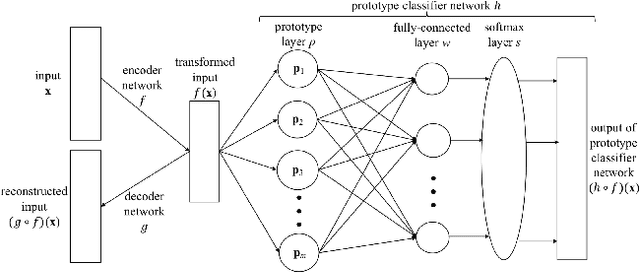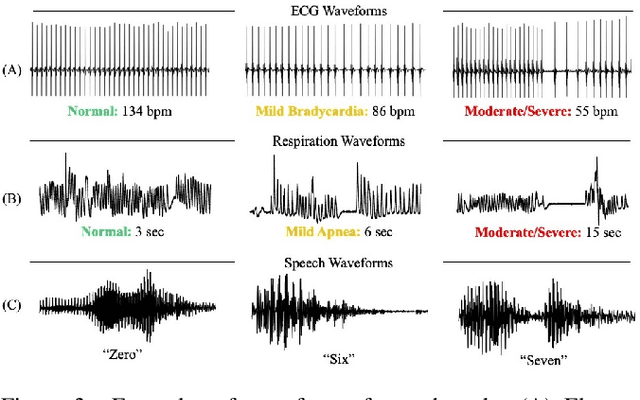Explaining Deep Classification of Time-Series Data with Learned Prototypes
Paper and Code
Apr 18, 2019



The emergence of deep learning networks raises a need for algorithms to explain their decisions so that users and domain experts can be confident using algorithmic recommendations for high-risk decisions. In this paper we leverage the information-rich latent space induced by such models to learn data representations or prototypes within such networks to elucidate their internal decision-making process. We introduce a novel application of case-based reasoning using prototypes to understand the decisions leading to the classification of time-series data, specifically investigating electrocardiogram (ECG) waveforms for classification of bradycardia, a slowing of heart rate, in infants. We improve upon existing models by explicitly optimizing for increased prototype diversity which in turn improves model accuracy by learning regions of the latent space that highlight features for distinguishing classes. We evaluate the hyperparameter space of our model to show robustness in diversity prototype generation and additionally, explore the resultant latent space of a deep classification network on ECG waveforms via an interactive tool to visualize the learned prototypical waveforms therein. We show that the prototypes are capable of learning real-world features - in our case-study ECG morphology related to bradycardia - as well as features within sub-classes. Our novel work leverages learned prototypical framework on two dimensional time-series data to produce explainable insights during classification tasks.
 Add to Chrome
Add to Chrome Add to Firefox
Add to Firefox Add to Edge
Add to Edge